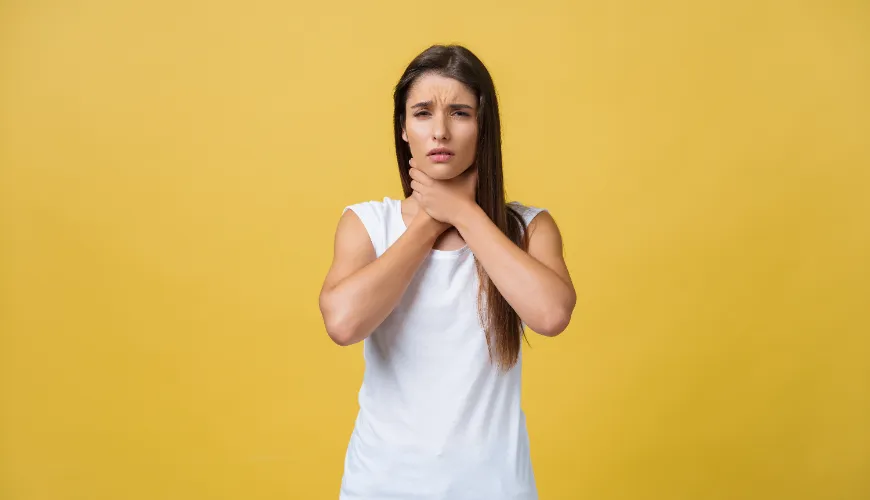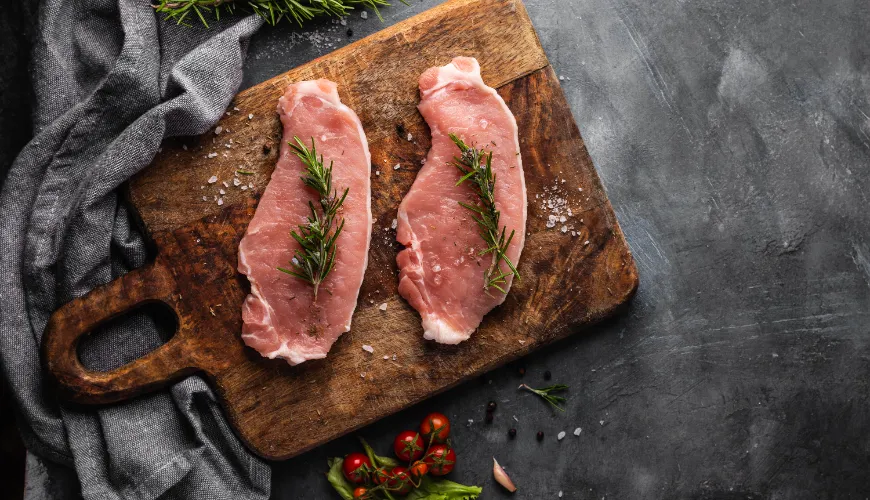
How to Ensure Enough Iron from Everyday Meals?

Iron in Foods and the Key Role of This Essential Mineral
Iron is one of the most important minerals for the human body. Its crucial function is its participation in the formation of hemoglobin, which ensures the transport of oxygen to all cells of the body. Without a sufficient amount of iron, our body cannot function properly, which can lead to fatigue, weakness, weakened immune system, and in extreme cases, anemia. In this article, we will look at which foods contain iron, its forms, and how to ensure its maximum absorption.
Why is Iron in Food Essential for Human Health?
Iron is one of the key minerals that the human body needs but cannot produce on its own. This means it must be obtained from food. This mineral is not only important for the formation of hemoglobin but also for other vital processes such as supporting the immune system or metabolism. Iron deficiency can have serious health consequences, especially for women who have increased demands for its intake due to menstruation.
Iron is found in foods in two distinct forms: heme iron and non-heme iron. Heme iron is present in animal products such as meat, poultry, and fish, while non-heme iron is found in plant sources like legumes, nuts, and seeds. These two forms differ not only in their origin but also in how the body can utilize them. Heme iron is absorbed significantly better, up to 30% of the total amount, while non-heme iron has a much lower absorption rate, ranging from 2-10%.
Iron-Rich Foods and How to Ensure Its Effective Utilization
When looking for foods containing iron, it's good to know that some are better sources than others. For example, beef, chicken liver, or seafood are excellent sources of heme iron, which the body can easily absorb. On the other hand, legumes such as lentils and beans or leafy greens like spinach contain non-heme iron, which is less effectively absorbed.
To ensure the body can utilize as much iron as possible from iron-rich foods, it's important to pay attention to other dietary components that can either support or inhibit its absorption. For instance, vitamin C, found in citrus fruits, strawberries, or peppers, significantly improves the absorption of non-heme iron. Therefore, if you consume foods containing iron from plant sources, try to combine them with these rich sources of vitamin C.
Conversely, there are factors that can worsen iron absorption. Phytic acid, found in whole grains, legumes, or some seeds, can reduce the body's ability to use iron. Similarly, polyphenols found in coffee and tea can block iron absorption. Therefore, it's advisable to limit the consumption of these beverages at least an hour before and after an iron-rich meal.
Where Is Iron Found and How to Effectively Supplement It?
One of the frequently asked questions is: "In which foods is iron found?" The answer can be simple yet complex at the same time. Iron is present in a wide range of foods, but not all of these foods are equally effective for its supplementation. While beef or fish provide very well-absorbed iron, plant sources like spinach or beans require more effort for the body to effectively obtain iron from these foods.
It's important to realize that iron is not just about the amount present in food but also about how well the body can absorb it. Therefore, it's crucial to think about food combinations – for instance, serving iron-rich vegetable salads with a dash of lemon juice or alongside tomatoes. Vitamin C helps improve iron absorption, which can have a significant impact on your health.
Which Foods Contain Iron? Key to a Healthy Diet
Iron-containing foods can be divided into two basic groups: animal and plant sources. Animal foods rich in iron primarily include red meat, poultry, offal (such as liver), and seafood. These foods are the best sources of heme iron, which is most usable for the body.
Plant sources of iron include various types of legumes, nuts, seeds, leafy greens, whole grains, and fortified cereals. Although the absorption of non-heme iron from these foods is not as high, a proper combination with vitamin C can significantly increase its usability.
Dietary Habits That Support Iron Absorption
Besides knowing which foods contain iron, it's important to focus on dietary habits that affect how effectively our body utilizes this mineral. As mentioned, vitamin C is one of the key factors for improving the absorption of non-heme iron. It's therefore beneficial to always add sources of this vitamin to iron-rich meals, such as in the form of fresh tomatoes, peppers, or citrus fruits.
On the other hand, be cautious of foods that can block iron absorption. If you're a coffee or tea lover, try to consume these beverages outside of main meals, as they contain polyphenols, which can slow down iron absorption.
Iron in foods is the foundation of a healthy and balanced diet. Whether you prefer animal or plant sources of iron, the key is to focus on ensuring the body can efficiently absorb this essential mineral. Thinking about where iron is found and how to correctly combine it with other nutrients can have a significant impact on your energy, health, and overall well-being. Proper dietary habits will help you get the maximum from iron-rich foods that your body needs for optimal functioning.

